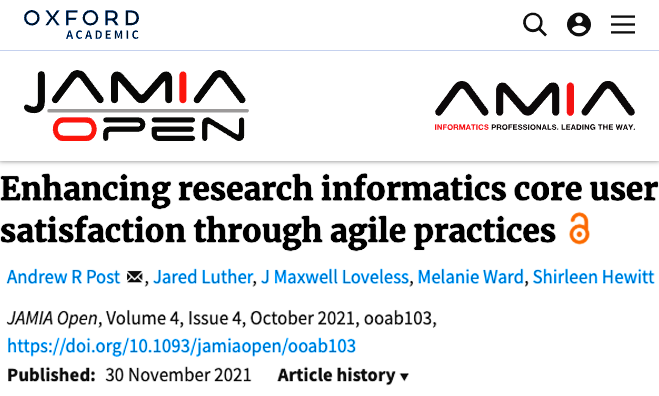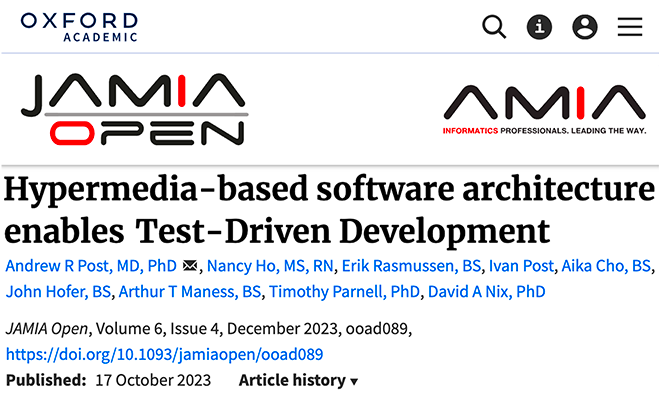- Welcome
- Use case
- Getting Started
-
Searching Records
- Performing a Basic Search
- Performing an Advanced Search
- Performing a List Search
- Performing a Keyword Search of UUMC Pathology Reports for all Patients in the Database
- Performing a Keyword Search of UUMC Pathology Reports for the Patients Associated with a Specific Set of Specimens
- Restrictions on Searches
- Reports
-
iQ Tool
- Adding Columns to a Query
- Starting the iQ Tool
- iQ Tool Window
- Current Query Data Group
- Saved Queries List
- Top Portion of the Selected
- Display or Report Columns Section
- Find/Filters Section
- Running a Preexisting Query
- Creating a Query
- Create Query Window
- Copying and Altering a Preexisting Query
- Removing Columns from a Query
- Editing Column Parameters in a Query
- Changing the Order of Columns in a Query
- Adding Filters to a Query
- Editing Filters in a Query
- Ways of Comparing Data
- Removing Filters From a Query
- Results Window
- Application Data Structure
- Application Database Fields Alphabetical List
- Application Datatree
- Field Paths List for the iQ Tool
-
Adding Specimens to the Database
- Adding a Single Specimen using the Add Specimen Wizard
- Adding a Batch of Specimens using the Add Specimen Expert Tool
- Saving a Batch of Specimens to be added as a Work in Progress
- Finishing a Work in Progress Batch
- Printing Barcodes for a Specimens in a Batch added using the Add Specimen Expert Tool
- Customizing the Add Specimen Expert Tool to Streamline Specimen Batch Entry
- Changing which Box an Add Expert Template Points for Adding Storage
- Importing FFPE Samples from UUMC
- Entering and Editing Specimen Records
- Transformations
- Specimen Disbursement and Registration
- Reports and Records
- Adding a Pathology Report to a Specimen Record
- Performing a DEXT Import of a Pathology Import
- Checking on the status of your DEXT Import Request
- Adding a Medical Record to a Specimen Record
- Editing Patient or Collection Records
- Editing Collection Records
- Editing Patient Records
- Diagnoses
- Adding a Diagnosis to a Patient Record
- Linking an Existing Diagnosis to one or more Collections
- Linking a Collection to a Diagnosis
- Recording a Consent for a Patient
- Reviewing a Patient's Consents
- Uploading a Patient's Consent Form
- Managing Patient Consents
- External (to itBioPath) Data Sources
- Managing Dictionaries
-
Storage
- Editing Aliquots
- Connecting a Barcode Label Printer to itBioPath
- Removing a Barcode Label Printer from itBioPath
- Freezer Management
- Viewing the Contents of a Box in a Freezer
- Accessing the Specimen Record for the Specimen associated with an Aliquot
- Editing Box Details
- Adding a New Box to a Freezer from the Add Aliquot Window
- Managing Protocols, Projects, and Related User Permissions
- Window, Tab, and Field Descriptions
- Miscellaneous

Welcome to the Integrative Transdisciplinary Biospecimen and Pathology Annotation Translational Health (itBioPath) application. This application was developed at the Huntsman Cancer Institute (HCI) by Research Informatics Shared Resource (RISR). This application allows the Tissue Resource and Applications Core facility (TRAC) to easily track collected specimen, disbursement and pathology information. In addition, other University Hospital and Huntsman Cancer researchers are able to track information on specimens, independent of TRAC. The tool provides not only consistent data tracking for each specimen, but it allows TRAC to share this information among its supported researchers by providing them with the same tool to use. The security model utilized by the application supports extensive configurability of user access to specimen information, under the control of the protocol administrator.
FEATURES:
- Barcoding— Automatically generates a barcode for labeling stored specimens. Scanned barcodes can be used in searching the database for the appropriate specimen record.
- Batch Operation Support— Users can add, register, disburse and transform specimens in bulk operations in order to make the data entry workflow more efficient and consistent.
- Collection and Aliquot Storage— Includes date collected, hospital, preparation type, status, weight/volume, quantity, storage location, and specimen aliases. Storage units are managed via a visual 'StorExplore' feature.
- Customizable Clinical Reports— Provides user customizable screen formats to fit the researcher's specific needs.
- Disbursement & Registration Tracking— Includes project disbursed to, weight and quantity. Can track disbursements by weight or volume.
- Genomic Data Integration— Integration with GNomEx, HCI Research Informatic's software solution that documents, organizes, and tracks microarray and massively parallel DNA sequencing experiments from ordering through analysis.
- Mobile Applications— Includes support for allowing users to view and update data on the go, while being in the freezer storage areas or hospital surgical suites.
- Pathology (Synoptic Report) Search— Allows users to search for records that are related to HSC Data Warehouse pathology reports in which specified words (text) appear.
- Searching— Includes flexible searching on aliases, protocol/project, or tissue type, plus detailed searches by status, collection, and pathology attributes, and more.
- Specimen Classifications— Allows users to create and use custom specimen classifications and to search the database using these classifications.
- Survival Calculations— Automatically calculates a patient's survival information (length of time) based on the data available.
- Transformations & Derivations— Links specimen records to "parent" and "child" specimen records that are related because the "child" specimen is a transformation of or is derived from the "parent" specimen
- UPDB Integration— Includes automated linkage from specimens to UPDB persons for approved protocols, enabling research cohort identification and preparation for research projects with a familial component.




